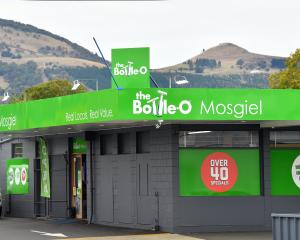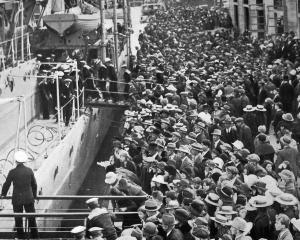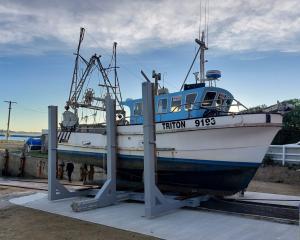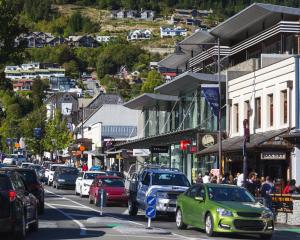
You cast your eyes along the ribbon of highway ahead visible through the windscreen, and the anxiety ramps up another notch — a river of red, reflective road-cones running rampant as far as you can see into the distance.
We hate getting caught up in roadworks. But we moan about the state of our highways. The expression "you can’t make an omelette without breaking eggs" is probably never truer than when it comes to having better roads.
Good news for the South this week, then, with the release of the NZ Transport Agency-Waka Kotahi’s state highway investment proposal for the next 10 years.
Plans to upgrade and repair vital sections of State Highway 1 between Oamaru and Dunedin, to consider a heavy-traffic bypass around Mosgiel, and to improve highways in the Queenstown area will all be welcomed by locals and frequent users of those roads.
Before the election last year, there were concerns at an apparent lack of interest in South Island roading projects by the National Party. Its $24.8 billion transport plan outlined roads of national significance which were mostly north of Cook Strait, except for the Hope bypass near Nelson and more work on the motorway north of Christchurch.
Further south, the only mention was for a crucially needed new highway bridge across the Ashburton River, and road and bridge upgrades around Otago and Southland during the next decade.
The proposal document provides hope that the decision-makers haven’t forgotten about the South. It recognises that Otago is a large region and its reliance on primary industries and tourism makes efficient state highways vital for the local economy.
The report says the region’s roads should be able to cope with demand, except for around Queenstown, and that changes are needed in Dunedin to factor in the hospital build.
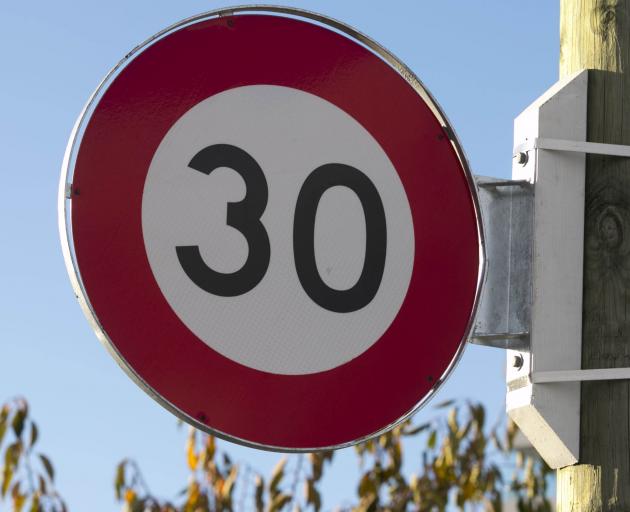
Mosgiel is singled out for attention by the agency. Its rapid population growth and accompanying housing developments mean work is needed on State Highways 1 and 87 to improve travel times and ease congestion. Between $10 million and $100m has been earmarked for this in the next 10 years.
That this work is essential will come as no surprise to Mosgiel residents who commute into and out of Dunedin each day and to motorists who regularly drive past heading south or west.
The other factor which makes a bypass an attractive proposition is the growth in the number of heavy vehicles through the town and the routes their drivers take. This has caused consternation from residents in recent years.
At the same time, the debate is continuing about the possibility of an inland port being located on the Taieri. Any such freight hub would most likely increase traffic flows in the vicinity.
Traffic solutions for Mosgiel have been delayed and delayed, despite recognition of their benefits for many years by community boards and the Dunedin City Council. Speedy growth is expected across the Taieri in the coming decades and improved traffic flows will be essential.
Dunedin Mayor Jules Radich is among those pleased that talk of work on SH1 and especially SH87 around and through Mosgiel is shifting up a gear to the planning stage.
Any celebrations, however, need to be tempered by the thought that not everybody is as fixated with roads as drivers.
Some people choose to travel by bike or on foot, although the government seems less keen on supporting those opting to reduce the country’s environmental footprint and engage in healthier ways of getting from A to B.
When it comes to the transport budget, it needs to reflect a broader picture than just highways and recognise that, in the uncertain future, constructing more and more roads may not, long-term, be the wisest course of action.

